Today, energy storage for electric and hybrid vehicles, as well as the transition to green energy sources such as solar, relies on lithium-ion batteries. Innovative lithium-air batteries currently being developed offer the potential for a much longer charge that could significantly expand the range of electric vehicles and facilitate larger electric transportation, like airplanes and shipping trucks [1]. To meet the increasing demand for lithium batteries for electric and hybrid vehicles and commercial and residential green energy storage, lithium availability must substantially increase. Some estimate that the vehicle industry alone requires a 20-fold increase in lithium availability.
Emerging Technologies
- Monday, April 15, 2024
- Friday, February 16, 2024
The new device does away with conventional filtration devices that use solely filter papers or membranes filters. It uses an intertwined web of nanocellulose fibers contained in a hydrogel film with a microporous membrane support.
- Wednesday, November 15, 2023
Aquagga, a startup from Tacoma, Washington, has introduced a game-changing PFAS destruction unit, "Eleanor," housed in a shipping container measuring just 10 feet by 8 feet. Eleanor recently made headlines by successfully tackling 20,000 gallons of toxic, PFAS-contaminated wastewater in Fairbanks, Alaska.
- Tuesday, October 17, 2023
Microplastic pollution is rapidly becoming one of the biggest challenges the world is facing today. These tiny plastic particles, measuring up to 5mm in diameter, can be found in soils, freshwater, oceans, and even in the air we breathe, the water we drink and the food we eat.
- Friday, August 11, 2023
A data logging kit is an electronic instrument used for recording and storing data over a specific duration. This encompasses a wide range of devices for acquiring data, such as plug-in boards or serial communication systems that utilize a computer as a means of real-time data capture and storage.
- Friday, July 14, 2023
Cross-Flow Velocity (CFV) is the linear velocity of the flow tangential to the membrane surface and is reported in [m/sec] or [ft/sec]. It refers to the velocity at which a fluid or gas flows across a solid surface or through a porous medium. It is a key test parameter to investigate in various fields and applications due to its significant impact on fluid dynamics, heat transfer, and mass transfer processes. Cross-Flow Velocity (CFV) is calculated by dividing the volumetric flow rate [lpm or gpm] in the flow channel by the cross sectional area [m² or ft²] of the flow channel.
- Friday, February 17, 2023
Microplastics, tiny pieces of plastic measuring less than 5mm in diameter, are a growing concern due to their environmental persistence and negative impact on both environmental and human health. Microplastics originate from a wide range of industrial and consumer sources, including pharmaceuticals.



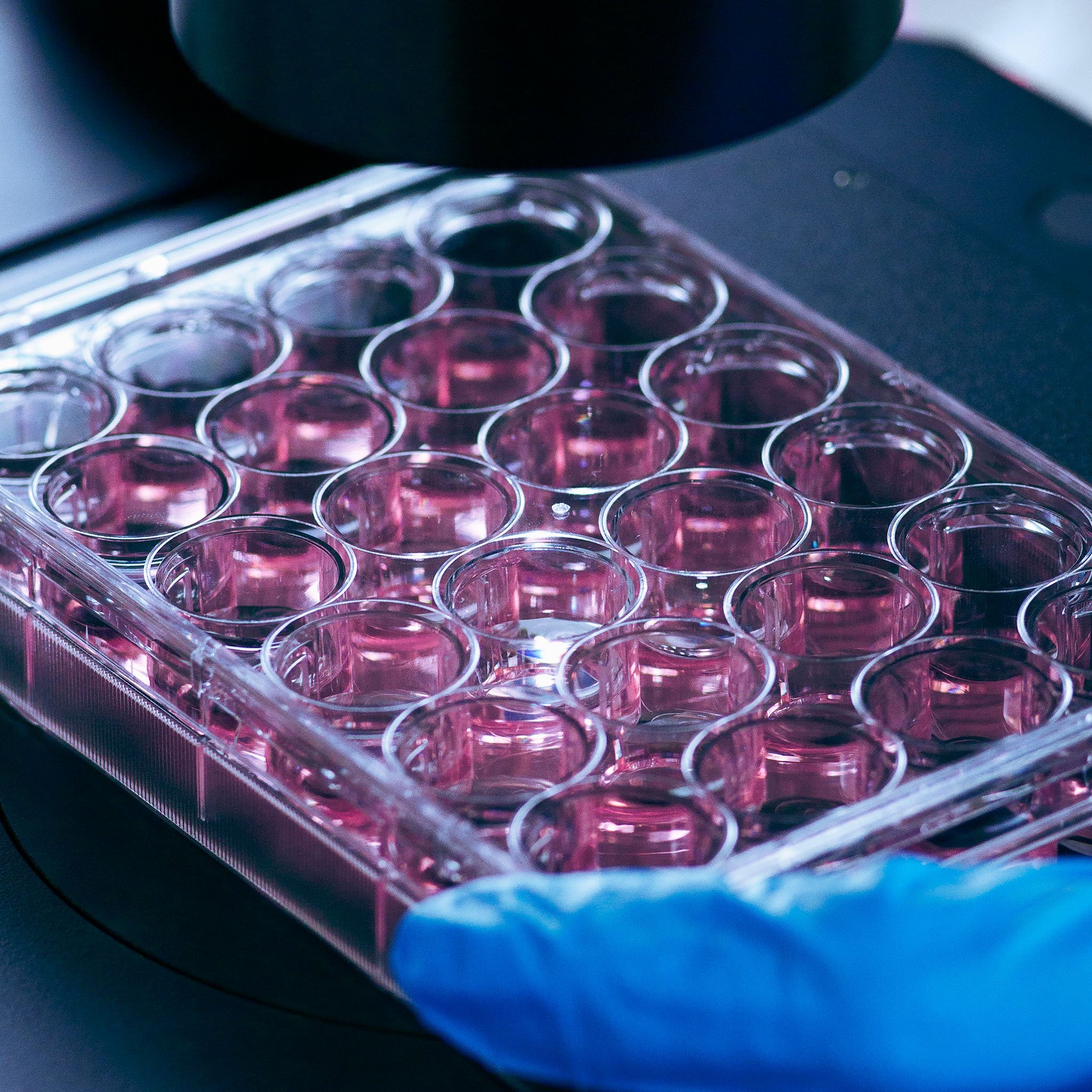
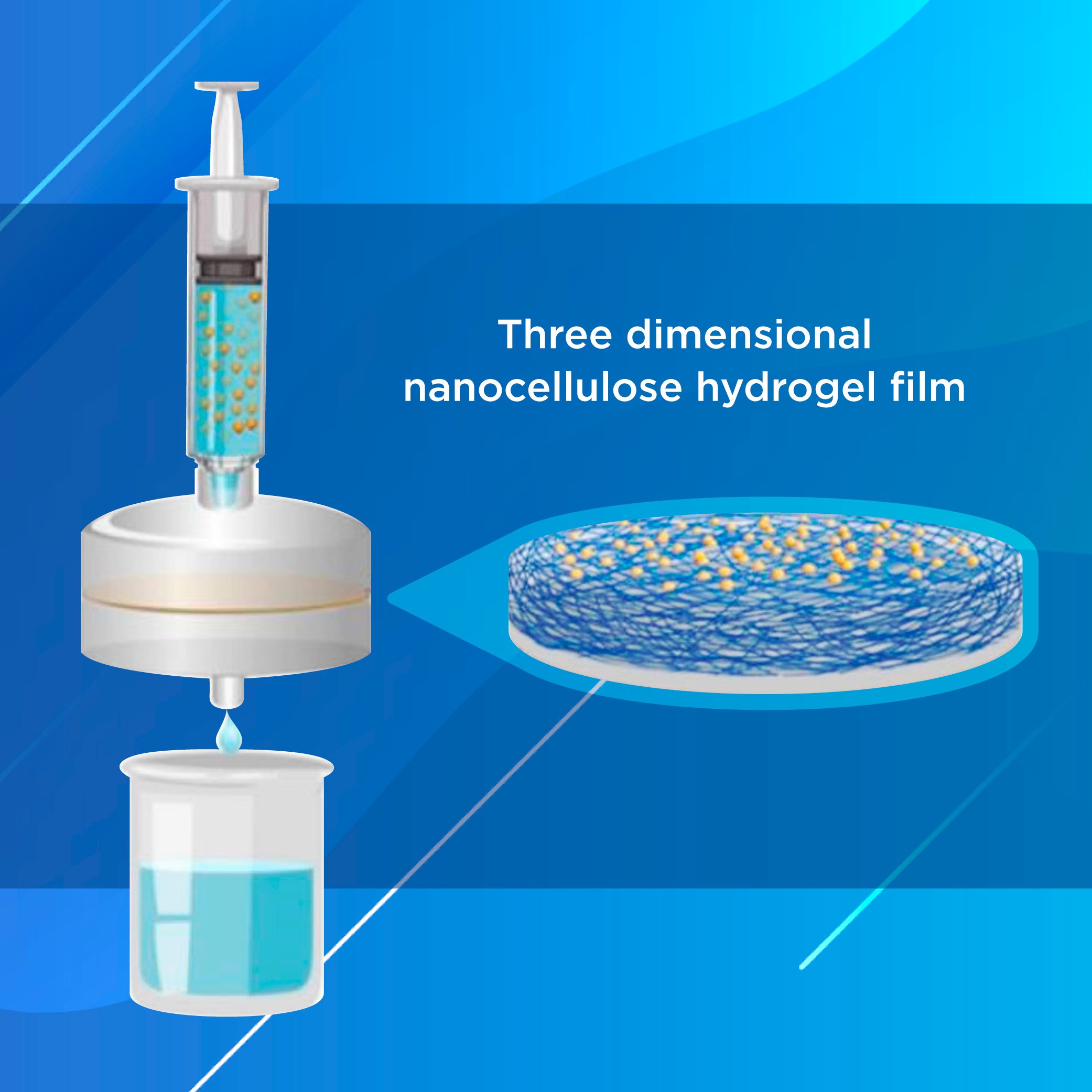
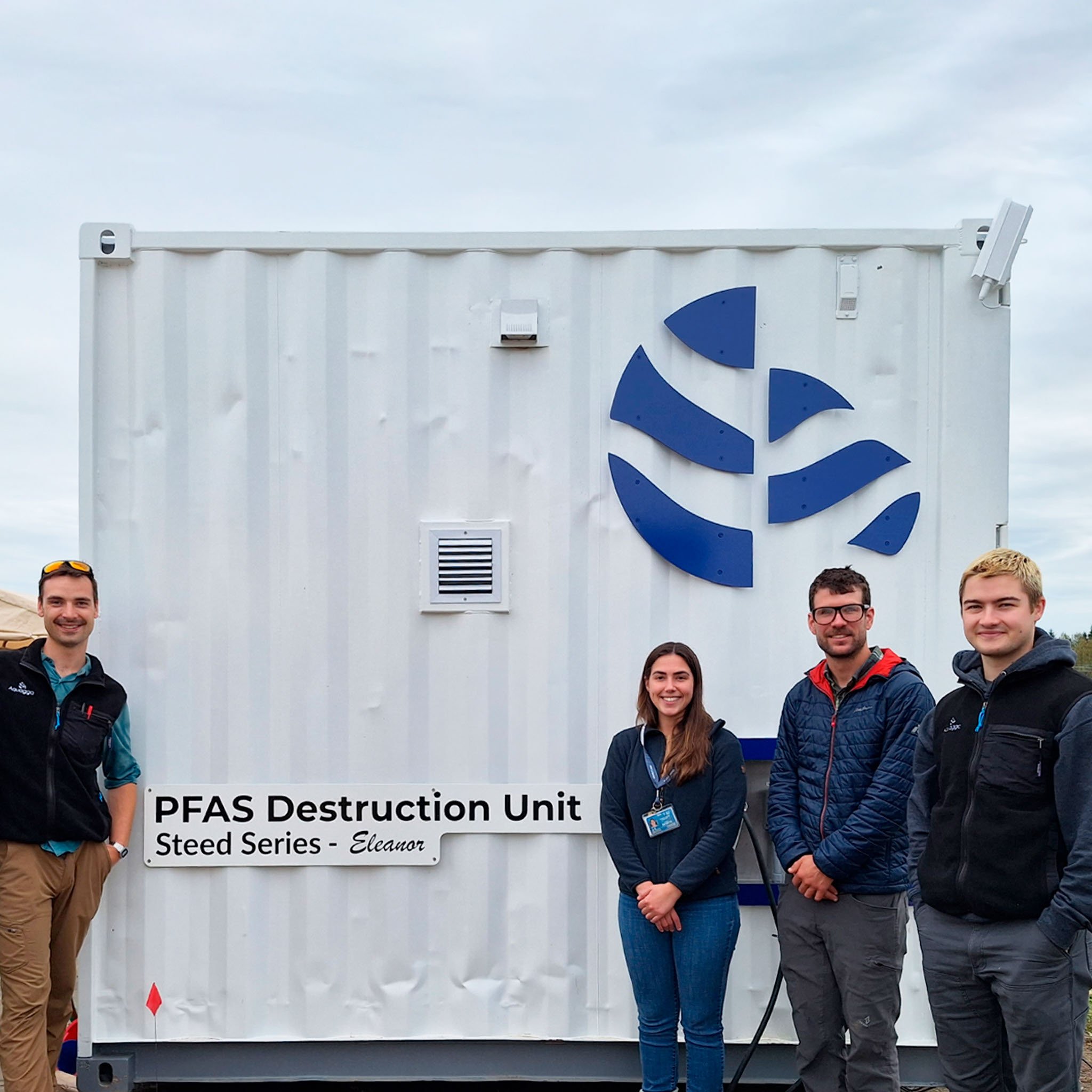
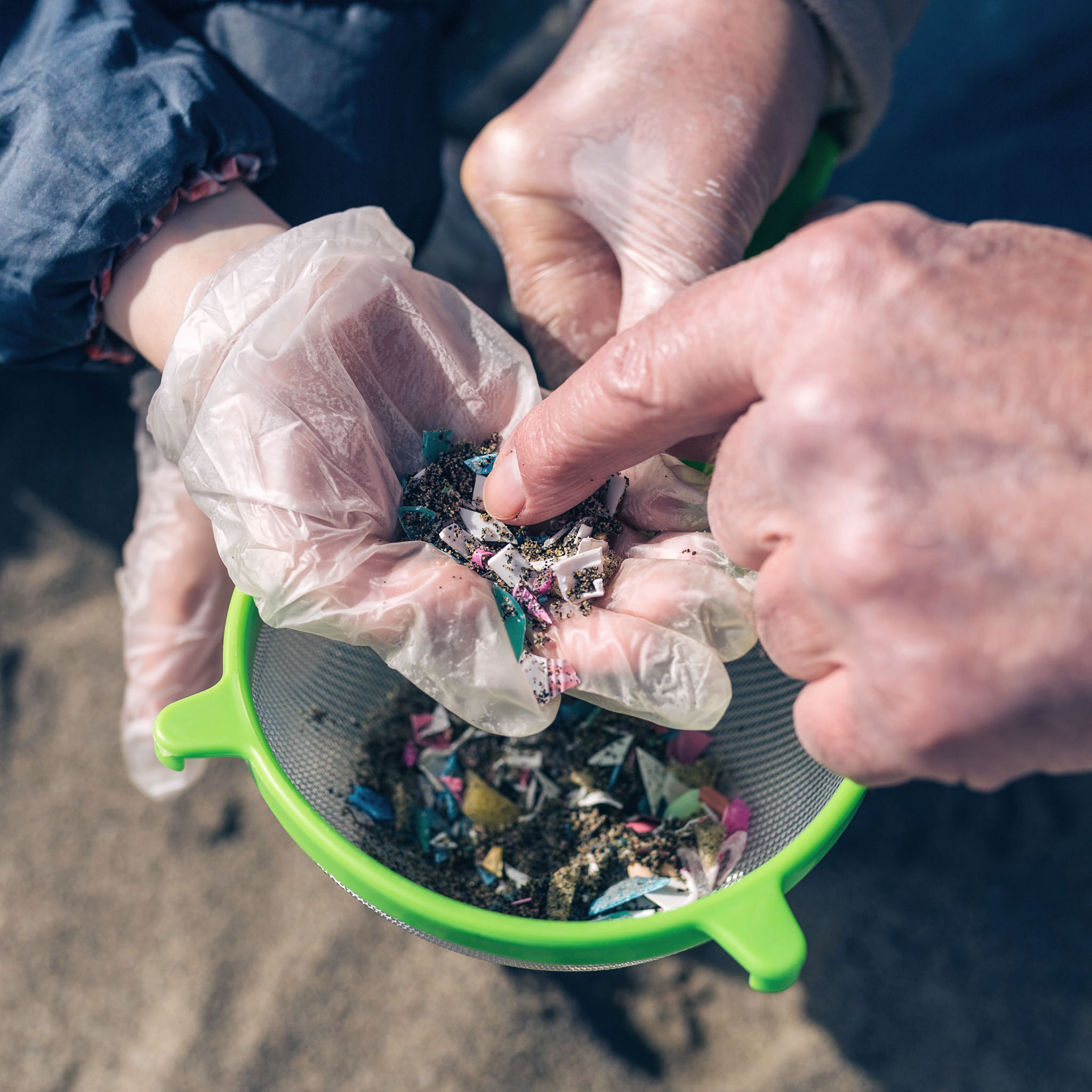
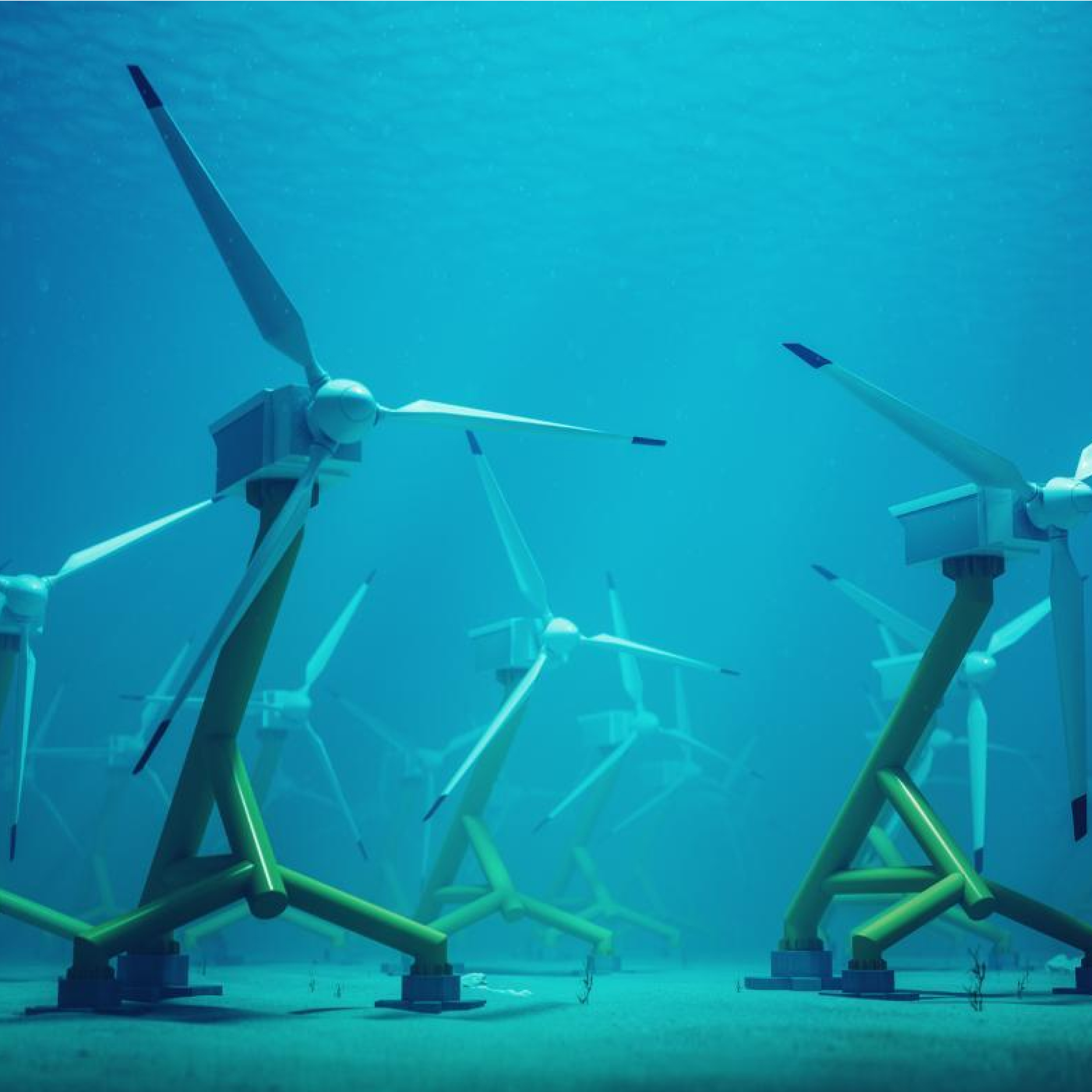
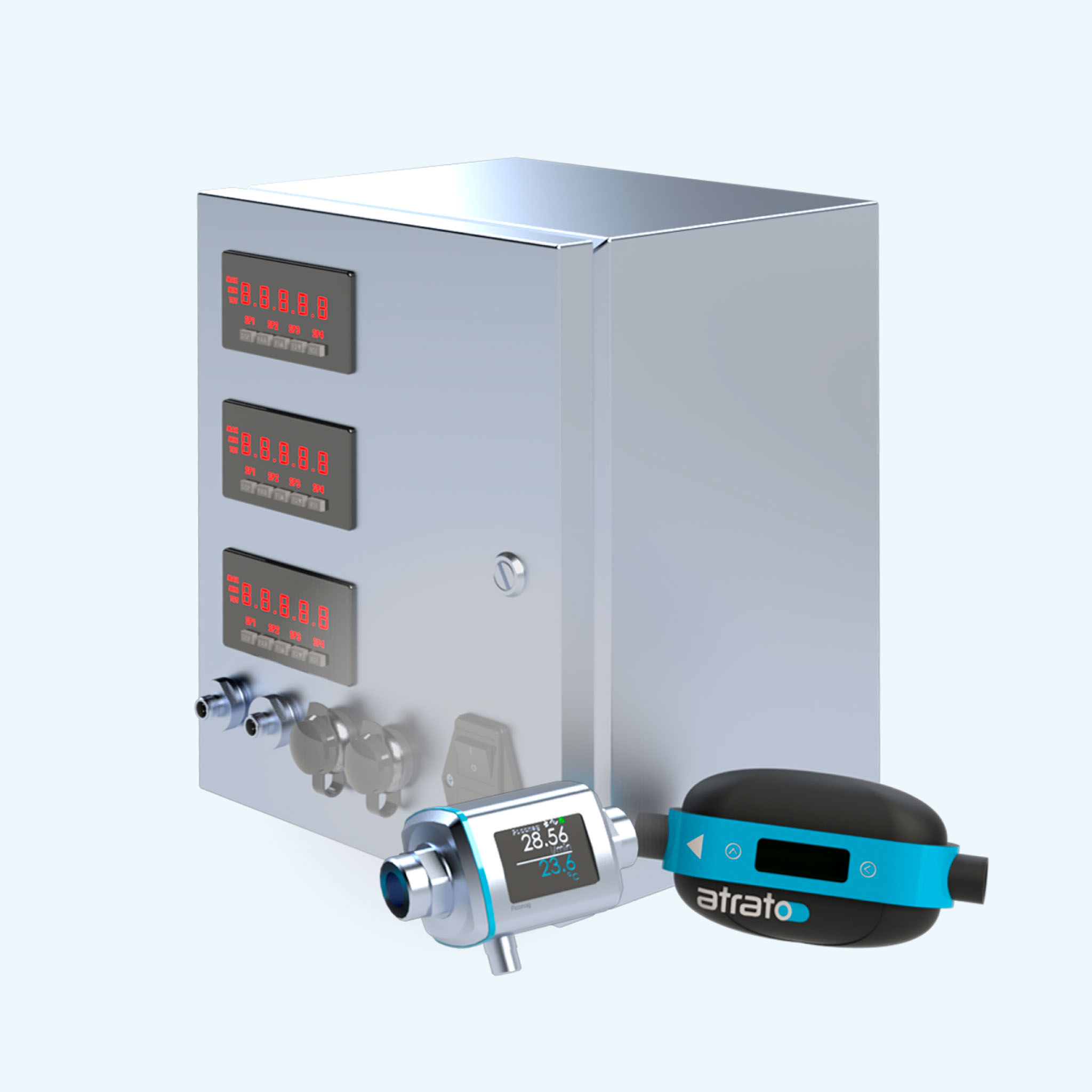
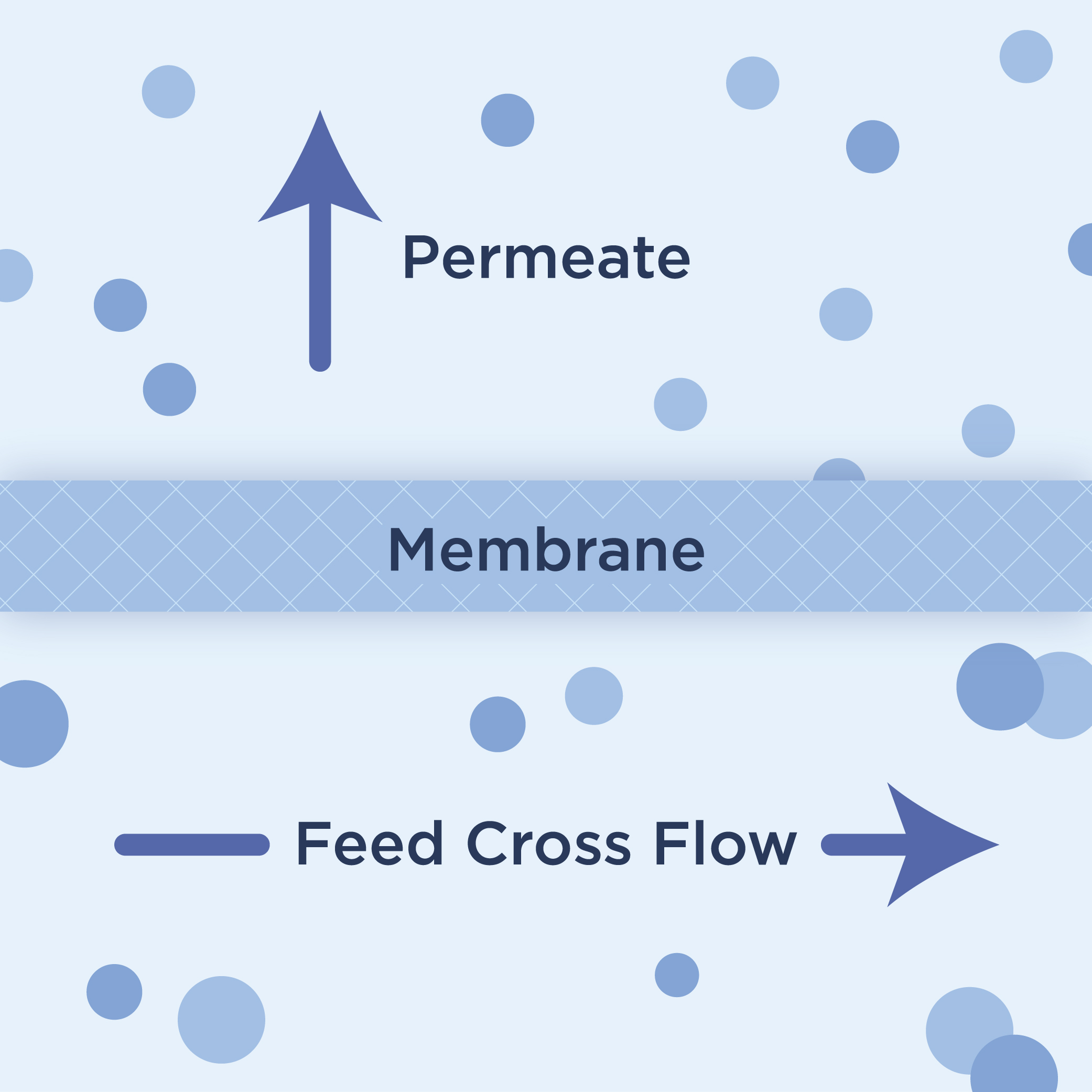
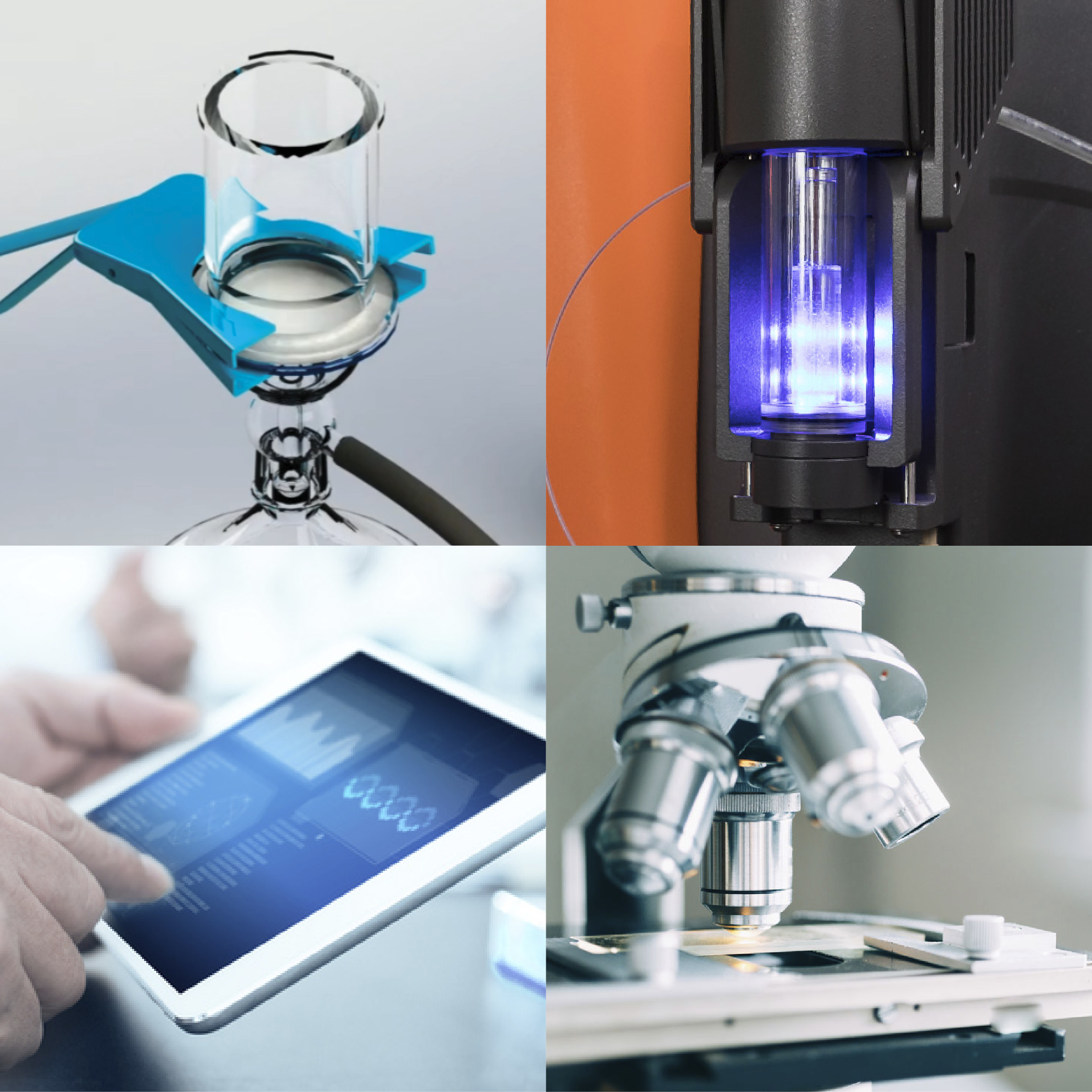
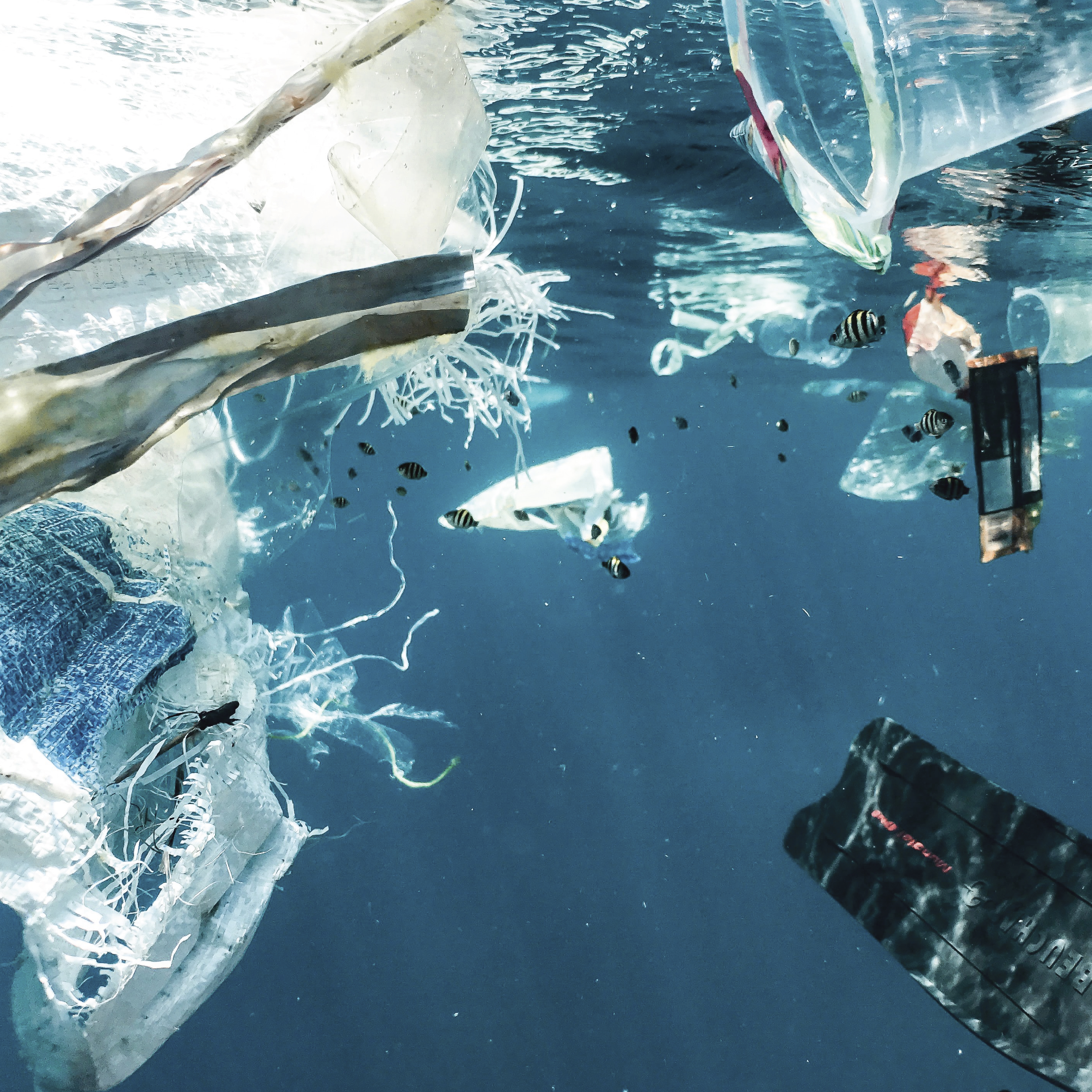
![Join Sterlitech at BIO 2024 [Booth #5558]: Exploring the Future of Biotechnology](https://www.sterlitech.com/media/magefan_blog/b4.jpeg)

